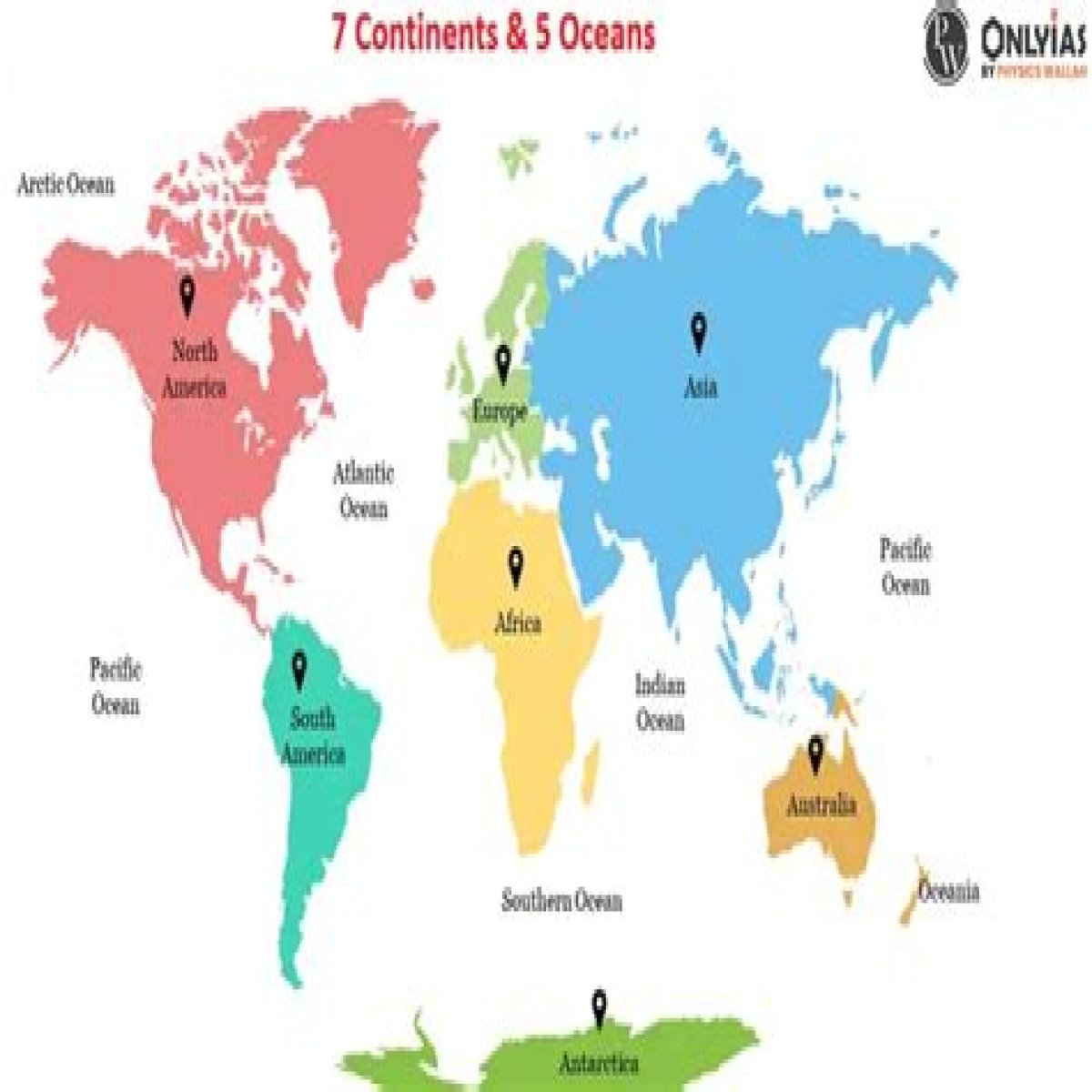The world is a vast tapestry woven with the rich cultures and landscapes of its five continents. Each continent offers a unique blend of history, geography, and social dynamics that contribute to the global narrative. From the snow-capped peaks of Asia to the diverse ecosystems of Africa, the five continents serve as a testament to the planet's beauty and complexity. Understanding the distinct characteristics of each continent can help foster a deeper appreciation for the world we inhabit and the people who share it with us.
As we explore the 5 continents, we delve into their geographic distinctions, cultural identities, and the challenges they face in the modern world. This exploration not only highlights the differences but also reveals the interconnectedness of humanity that transcends borders. The five continents—Asia, Africa, North America, South America, and Europe—each hold a treasure trove of experiences waiting to be discovered, inviting us to engage with their stories and learn from their perspectives.
In this article, we will answer some frequently asked questions about the 5 continents, diving into their historical significance, economic contributions, and cultural legacies. Join us on this journey as we uncover the wonders that each continent has to offer and explore what makes them unique in the grand mosaic of our planet.
What Are the 5 Continents?
The concept of the 5 continents encompasses the major landmasses on Earth, each representing a distinct geographical and cultural domain. The five continents are as follows:
- Asia
- Africa
- North America
- South America
- Europe
How Did the 5 Continents Form?
The formation of the 5 continents is attributed to a complex interplay of geological processes over millions of years. The Earth's tectonic plates have shifted and collided, giving rise to mountain ranges, valleys, and oceans. The theory of continental drift, proposed by Alfred Wegener, suggests that the continents were once part of a supercontinent called Pangaea, which gradually broke apart. This phenomenon has shaped the physical landscape of our planet and continues to influence it today.
What Are the Major Features of Each of the 5 Continents?
Each of the 5 continents boasts unique features that set them apart:
- Asia: The largest continent, home to the Himalayas, the world’s highest mountain range, and diverse ecosystems ranging from deserts to tropical rainforests.
- Africa: Known for its vast savannas, the Sahara Desert, and the rich biodiversity of the Amazon rainforest.
- North America: Features a variety of landscapes, from the Rocky Mountains to the Great Lakes and expansive plains.
- South America: Famous for the Amazon River and the Andes mountains, it is rich in indigenous cultures and biodiversity.
- Europe: Known for its cultural heritage, historic cities, and diverse geography, from the Alps to the Mediterranean coastline.
What Cultural Practices Are Unique to Each of the 5 Continents?
The cultural practices of the 5 continents are as diverse as the people who inhabit them. Some unique cultural practices include:
- Asia: Traditional tea ceremonies in Japan and vibrant festivals like Diwali in India.
- Africa: Rich storytelling traditions and vibrant music and dance forms, such as the African drum circle.
- North America: Celebrations like Thanksgiving and Mardi Gras, as well as diverse indigenous customs.
- South America: Festivals like Carnival in Brazil and ancient traditions of the Inca civilization.
- Europe: Unique culinary traditions, such as Italian pasta-making and French wine-tasting, alongside historic celebrations like Oktoberfest in Germany.
What Are the Economic Contributions of the 5 Continents?
The economic contributions of the 5 continents are vital to global trade and development:
- Asia: A leader in technology and manufacturing, with countries like China and Japan at the forefront.
- Africa: Rich in natural resources, including oil, minerals, and agricultural products.
- North America: Home to major economies like the USA and Canada, with strong tech and finance sectors.
- South America: Known for its agricultural exports, particularly coffee, soybeans, and fruits.
- Europe: A hub for trade and finance, with a focus on innovation and sustainability.
What Challenges Do the 5 Continents Face Today?
The 5 continents face various challenges that impact their development and sustainability:
- Asia: Urbanization, pollution, and resource depletion.
- Africa: Economic instability, political unrest, and climate change effects.
- North America: Income inequality and environmental issues.
- South America: Deforestation and economic dependency on commodity exports.
- Europe: Aging populations and immigration challenges.
How Can We Foster Understanding Among the 5 Continents?
Fostering understanding among the 5 continents requires collaboration, education, and cultural exchange. Here are some ways to promote global unity:
- Encouraging international travel and cultural exchanges to experience diverse lifestyles.
- Supporting global education initiatives that teach about the unique characteristics of each continent.
- Promoting sustainable tourism that benefits local communities and protects natural resources.
- Engaging in dialogue and collaboration on global issues like climate change and human rights.
By embracing the diversity of the 5 continents and understanding their contributions to our world, we can create a more interconnected and harmonious global community. As we move forward, it is essential to recognize the beauty in our differences and work together towards a sustainable future for all.
All You Need To Know About Sveta Bilyalova's AgeExploring The Life And Age Of Gloria JamesExploring The Legacy Of Liv Tyler's Mom
Continents Of Earth
7 Continents Map Science Trends
Carte Monde Continents Carte Du Monde Avec Les Continents Infini Photo
